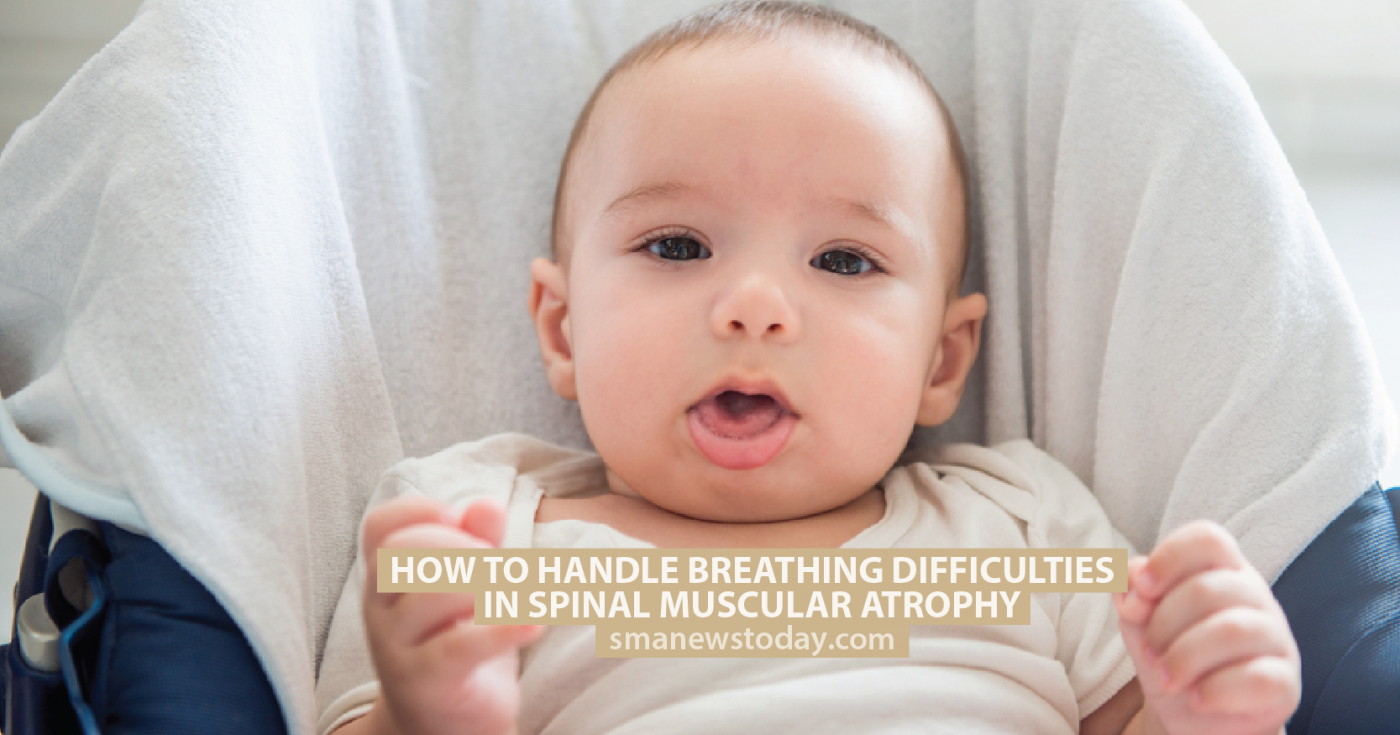How to Handle Breathing Difficulties in Spinal Muscular Atrophy

Many children with type 1 and type 2 spinal muscular atrophy (SMA) suffer from breathing difficulties. This is due to the weakened muscles in the rib cage and diaphragm. The muscles in the rib cage, in particular, are inefficient in many SMA type 1 and type 2 patients.
MORE: Breathing difficulties linked to rib cage muscles problem in children with SMA
As the disease progresses, these muscles become more atrophied and the child may require assistance breathing.
As well as needing assisted ventilation, children may also need a cough assist machine which can help to shift excess mucus from the lungs—a necessary procedure to help avoid dangerous lung infections.
There are different ways that a child with SMA can be helped to breathe, depending on the severity of their condition. A ventilator with either nasal tubes or a mask over the nose and mouth may be used to help with breathing periodically, a BiPAP machine can sense when a child is not breathing correctly and automatically kicks in when the child needs supplementary oxygen and also can help synchronize their breathing cycle. In extreme cases, or when the child has a cold or respiratory infection, a tracheostomy may be necessary. Find out more about breathing difficulties in SMA children.
MORE: Find out about 11 function and mobility aids for children with SMA.
SMA News Today is strictly a news and information website about the disease. It does not provide medical advice, diagnosis or treatment. This content is not intended to be a substitute for professional medical advice, diagnosis, or treatment. Always seek the advice of your physician or another qualified health provider with any questions you may have regarding a medical condition. Never disregard professional medical advice or delay in seeking it because of something you have read on this website.







